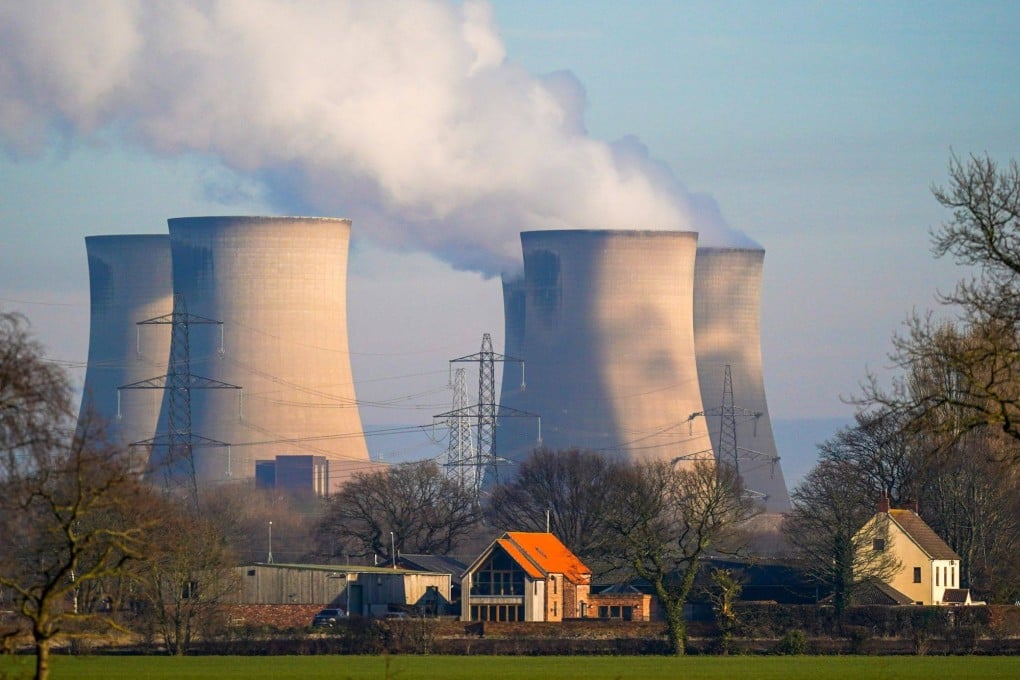Macroscope | Climate change: why the shift to clean energy will be more painful than you think
- A renewed focus on energy security, the sheer scale involved, the rich-poor gap and dependence on mineral mining are all major challenges that policymakers have to recognise and address

The “energy transition” from hydrocarbons to renewables and electrification is at the forefront of policy debates nowadays. But the past 18 months have shown this undertaking to be more challenging and complex than one would think just from studying the graphs that appear in many scenarios.
The term “energy transition” suggests that we are simply taking one more step in the journey that began centuries ago with the Industrial Revolution. But whereas technology and economic advantage drove earlier transitions, public policy is now the most important factor.
Moreover, previous energy transitions unfolded over the course of a century or more, and they did not wholly displace the incumbent technologies. Oil overtook coal as the world’s top energy source in the 1960s, yet we now use three times more coal than we did back then, with global consumption hitting a record high in 2022.
By contrast, today’s transition is intended to unfold in little more than a quarter of a century and not be additive. Given the scale of what is envisioned, some worry that macroeconomic analysis has been given insufficient attention in the policy-planning process.
